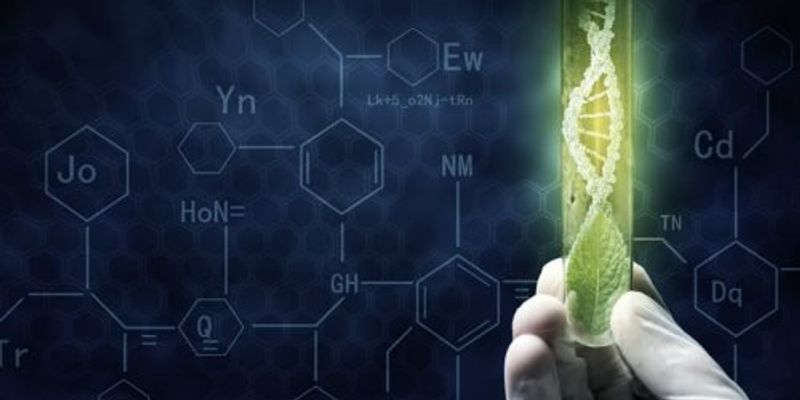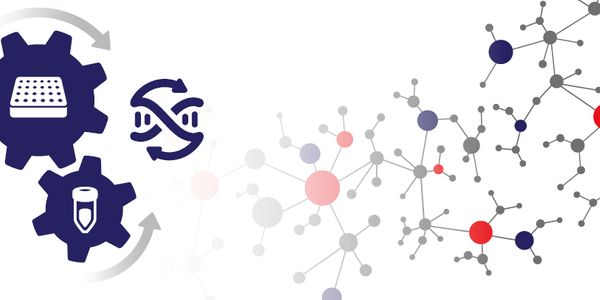Life Sciences
Life Sciences: is defined as all sciences that have to do with 'organisms', like plants, animals and human beings. Life Sciences encompass companies in the fields of biotechnology, pharmaceuticals, biomedical technologies, life systems technologies, nutraceuticals, cosmeceuticals, and other organizations and fields that devote the majority of their efforts in the various stages of research, development, technology transfer and commercialization.
-
OCT 27, 2020 | 8:00 AMDATE: October 27th, 2020 TIME: 8:00am PT Molecular diagnostic assay development and design is no simple task, and several factors affect the performance and usability of a test. Diagnostic c...OCT 27, 2020 | 6:00 AMDATE: October 27th, 2020 TIME: 6:00am PT Bruker proudly introduces the latest member of the MALDI Biotyper® product family, the MALDI Biotyper sirius one. Bruker‘s newest sirius sy...OCT 23, 2020 | 7:00 AMDATE: October 23, 2020 TIME: 07:00am PDT, 10:00am EDT The FDA’s 21CFR part 11 guidance on the use of electronic records for data retention or submission is clear. With manually implemen...OCT 22, 2020 | 8:00 AMAbstract: Detection and/or amplification of target DNA sequences by polymerase chain reaction (PCR) is a prevalent method in molecular biology. PCR has a broad range of applications, includi...OCT 15, 2020 | 8:00 AMDATE: October 15, 2020 TIME: 8am PDT, 11am EDT Density gradient centrifugation is an effective method for the isolation and purification of small particles. Hollow rotors capable of hosting...Speaker: Dr. Alexander Wittemann , Dr. Simone PlueischSponsored By: Beckman Coulter Life SciencesAntibodies have become one of the most important tools in life science research, allowing the detection, quantitation, and determination of changes in proteins and other molecules with respe...Speaker: Wayne Speckmann, PhD
This webinar covers our latest solutions for improved culture of primary and xenotransplanted tumor cells. Get insights into dissociation of fresh tumor samples into viable single-cell suspe...
Speaker:
David J. Agorku
Presented at: Cancer Research & Oncology Week Virtual Event Series 2020
Sponsored By: Miltenyi Biotec
Sponsored By: Miltenyi Biotec
The CRISPR/Cas genome editing system has revolutionized nearly every aspect of the life science industry. Until recently, the most used formats for this technology have been plasmids, mRNA,...
Speaker:
Gurpreet Balrey, PhD
, Peter Romanienko, PhD
Learning Objectives: 1. Using an optics- and label-free approach to CRISPR research 2. Explain current approaches to selecting the most robust gRNA for CRISPR assays 3. The opportunities tha...
SEP 30, 2020 | 12:00 AM
CRISPR experiments are a powerful tool which are easy to carry out, however it is more difficult to determine the outcome of these experiments, and to ensure that only the desired targets we...
Early-stage markets provide a unique opportunity for new and innovative brands to get a foothold in an expected $50B cannabis CPG category while MSOs are building portfolios for a national a...
Speaker:
Jessica Lukas
, Jennifer Dooley
, Dan Gardenswartz
, Mitch Meyers
Presented at: MJ Unpacked - Midwest
There are many methods of nucleic acid isolation. Each technology offers different approaches of purification of the template. However, it is important to control carry over of “proces...
Speaker:
Katherine Mechling
For more than a century, breakthroughs in biological sciences have relied on the ability to study cells outside of respective organisms. While majority of cell culturing is still performed u...
Speaker:
Jun Park, PhD
Extracellular vesicles (EVs) are lipid bilayer-delimited pieces of cells that are released from the plasma membrane as "ectosomes" and from the endosomal system as "exosomes.&...
























